What Is an Agile Framework?
Agile frameworks are not ignored in the world of software development. Agile methodologies are praised for their ability to reduce risks while maintaining customer satisfaction.
As a result, Agile projects were 28 percent more successful than traditional projects in 2018. Agile is now widely regarded as the dominant software methodology by many software development teams.
If you aren’t already using agile in your business, you should be. Continue reading to learn more about agile frameworks!
What Is Agile?
Agile software development is a project management methodology that focuses on iterative processes.
Agile frameworks are a collection of distinct software development approaches based on the Agile methodology as a whole.
Self-organizing and cross-functional teams, adaptive planning, continuous integration, and collaboration with the product’s end users are all key components of an Agile project.
The “Manifesto for Agile Software Development” was trademarked in 2001, with the following ideologies cited as its guiding principles:
- Individuals and interactions over processes and tools
- Working software over comprehensive documentation
- Customer collaboration over contract negotiation
- Responding to change over following a plan
Agile also asserts 12 grounding principles:
- Customer satisfaction by early and continuous delivery of valuable software.
- Welcome changing requirements, even in late development.
- Deliver working software frequently (weeks rather than months)
- Close, daily cooperation between business people and developers
- Projects are built around motivated individuals, who should be trusted
- Face-to-face conversation is the best form of communication (co-location)
- Working software is the primary measure of progress
- Sustainable development, able to maintain a constant pace
- Continuous attention to technical excellence and good design
- Simplicity—the art of maximizing the amount of work not done—is essential
- Best architectures, requirements, and designs emerge from self-organizing teams
- Regularly, the team reflects on how to become more effective, and adjusts accordingly
In summary, Agile adds value to businesses by prioritising customer feedback and adapting a given software product in response.
Because of the volatile nature of this methodology, detailed documentation can be difficult to generate.
However, Agile teams prefer to focus on the software’s functionality and how well the project meets requirements.
Why Use Agile?
The waterfall model is Agile’s main adversary. The waterfall model is a software development approach that follows a linear path through the software development lifecycle (SDLC).
Though doing one thing at a time is a productivity mantra that is enthusiastically promoted in real-world applications, the software development world does not exactly fit into this narrative.
In a waterfall approach, for example, the testing and build phases are distinct. Testing occurs at every iteration in Agile development, where iterations are feedback-based.
The former method emphasises the project’s linear completion. Customer feedback is only collected after the product has been released.
Agile frameworks, on the other hand, use a circular project model in which the state of the product is prioritised over project completion.
This planning structure allows for greater flexibility, and software evolves in response to market changes.
Naturally, Agile has encountered some criticism for its non-hierarchical organisational structure.
Many developers fault the approach for lacking discipline, especially when it comes to writing documentation.
However, extensive documentation can be oppressive and unhelpful at times.
Today, most developers enthusiastically support Agile. In 2018, 8 out of 10 businesses committed to implementing agile frameworks, with 44 percent already doing so.
History of Agile Frameworks
Though the Agile Manifesto was written in the twenty-first century, agile principles have been used for a long time. Here’s a look at how Agile evolved into what it is today.
1950s
Gerald Weinberg, an American computer scientist and writer, spoke about using incremental development under IBM’s jurisdiction in 1957.
He and his colleagues agreed at the time that waterfalling a project was “stupid,” so they began using an iterative approach. Both concepts lacked a formal name at the time.
1970s
The term “adaptive” or “evolutionary” development first appeared in the early 1970s.
Between 1970 and 1990, software developers looked to physical engineering for guidance on how to complete their tasks.
The waterfall model became less hazy and more defined at this point.
Surprisingly, the waterfall method’s original design was intended to accommodate change.
However, in practice, this proved difficult to implement. During this time period, agile development strategies emerged as a sort of counterculture.
1990s
Adaptive software development (ASD) had fully emerged by the 1990s, emerging from rapid application development (RAD).
RAD refers to adaptive software development processes that promote speed through constant prototyping.
This software development process was pioneered by Jim Highsmith and Sam Bayer.
The principles of continuous adaptation are embodied in ASD. This agile framework is built on constant communication and transparency between the client and the business.
It effectively replaced the waterfall cycle with a series of speculate, collaborate, and learn cycles that repeat.
The United States government was the most difficult to overcome, as the Department of Defense (DoD) was clearly in favor of the waterfall model before adopting iterative processes in 1990.
2000s
Prior to the early 2000s, many incremental and iterative software development approaches were referred to as ‘lightweight’ due to the lack of rules.
In 2001, 17 software developers gathered to talk about lightweight software development. The result was the “Manifesto for Agile Software Development.”
Martin Fowler, a loudmouth in the industry who is also well-known for defining the characteristics of microservices, was among the group’s infamous names.
Agile quickly became a household name among software developers. A slew of books, as well as agile frameworks like Scrum and Kanban, have appeared on the market.
Agile Frameworks
Agile teams can choose from a wide range of distinguished agile frameworks that will strengthen business agility and optimise cycle time.
The agile frameworks listed below are the most notable to date.
Lean Software Development (LSD)
The distinction between Lean and Agile is frequently misunderstood.
While some regard Lean and Agile as distinct software development methodologies, others regard Lean as an agile framework.
To be fair, Lean prioritises quick delivery in the same way that Agile development does.
However, the Lean approach emphasises a minimalist waste-reduction strategy in which the Minimum Viable Product (MVP) is an essential component.
Lean was originally known as the Toyota Production System because Toyota founder Sakichi Toyoda used it to streamline Toyota car production.
Kanban
Kanban is the offspring of lean. Kanban is a work management tool for dealing with system-level bottlenecks and balancing the supply and demand of work logistics.
Visualization and work-in-progress are two important aspects of Kanban software development (WIP).
Work in Progress should be self-explanatory. The goal of the kanban approach, on the other hand, is to limit WIP in order to optimise workflow.
The kanban method places a strong emphasis on visualization. The kanban board, for example, is a digital or physical project management tool that allows developers to visualize work, limit WIP, and maximize flow.
Scrum
Scrum, like Lean, is a well-known agile framework. Scrum is also known as “Doing Twice the Work in Half the Time.”
Scrum, which was introduced by Harvard Business Review in 1986, is an iterative process in which projects progress through short-term blocks known as’sprints.’
Sprints are typically held every two weeks. They assist small development teams in concentrating on a specific set of project objectives.
Sprint burndown reports are a popular key performance indicator (KPI) for monitoring progress over time.
Scrum fosters rapid feedback and functional team collaboration.
Extreme Programming (XP)
Extreme programming is a software development methodology and agile framework.
XP builds on the broader philosophy of agile methods, namely that high-quality software is dependent on customer feedback.
Based on this conclusion, XP works to accommodate changing customer requirements through, among other things, small releases, unit tests, small teams, and useful technology.
Feature-Driven Development (FDD)
The term “feature-driven development” means exactly what it sounds like. FDD combines Agile ideologies with a model-driven approach that is intended to scale.
User stories are also an essential component of agile frameworks such as FDD. The end user describes what they want in plain English in a user story.
This reflects Agile’s preference for conversation over documentation.
FDD typically consists of five steps: create an initial model; create a feature list; plan by feature; design by feature; and build by feature.
Scaled Agile Framework (SAFe)
The Scaled Agile Framework is built on three pillars: Team, Program, and Portfolio.
The framework makes use of practises from a variety of software development methodologies, including Agile, Lean, and systems thinking.
SAFe is used by developers to scale Agile across their organizations because it is based on ten foundational tenets that emphasize limiting WIP, building incrementally, thinking economically, and more.
The Crystal Method
The Crystal method is a framework for agile that focuses on the ‘individuals and interactions’ aspect of Agile.
In other words, the Crystal method encourages teams to forge their own path while also improving and optimising workflows.
Because each project is unique, the team assigned to it will know the best way to determine how it is done.
Agile Discipline (DA)
Disciplined Agile provides lightweight process management and optimization guidance.
DA is ideal for large, mostly remote teams where continuous learning is the norm. DA, like SAFe, is a hybrid.
The Crystal method is a notable influence on the framework, which borrows ideologies from its sister frameworks.
Choosing the Right Agile Framework for Your Team
As you can see, there are numerous agile frameworks that can improve your team’s efficiency and development process.
Choosing the right agile framework is all about what works best for your company and, in many cases, the team that is dedicated to completing your next software project.
Adopting agile methods will necessitate some effort and in-depth research. You will also require the right developers to complete the task.
Hire Nile Bits developers if you need qualified, professional software developers who are experts in agile development!


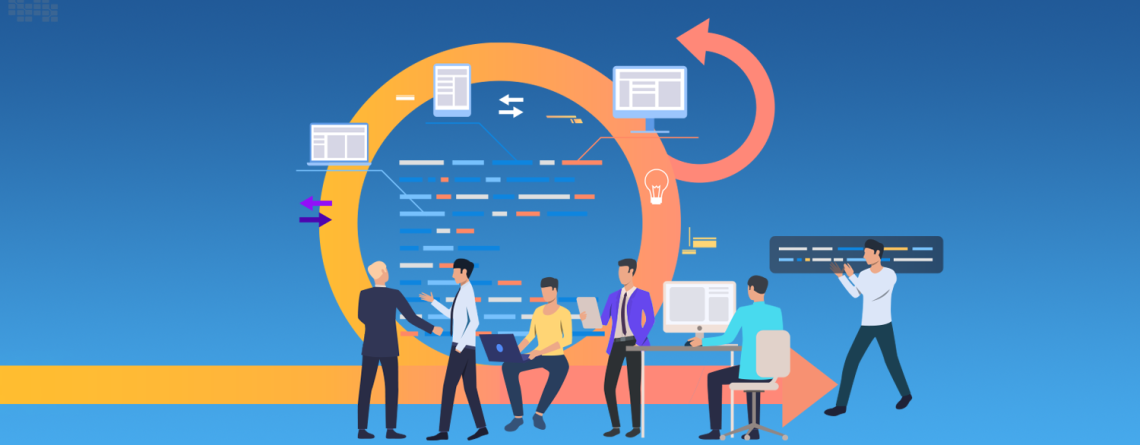
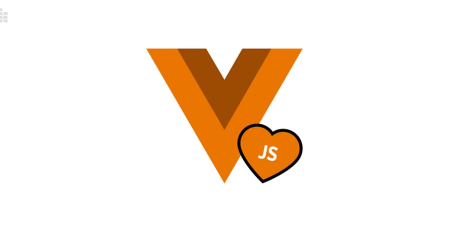


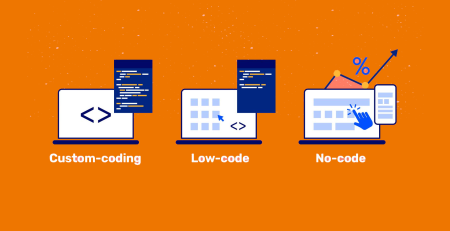

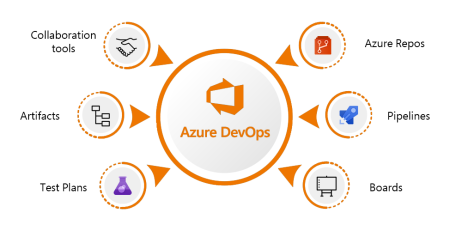



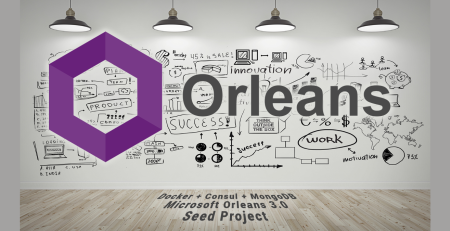
Comment (1)
This article gives a thorough and informative history of Agile frameworks, following their growth from the 1950s to the present day, when they are widely used in software development. The author skillfully summarizes the fundamental ideas of Agile, highlighting its emphasis on client participation, iterative processes, and flexibility. Through an examination of many Agile frameworks, including Scrum, Kanban, and Lean Software Development, readers may get significant knowledge about the varied methods accessible for enhancing team productivity and project completion. Furthermore, the conversation around the selection of an appropriate Agile framework emphasizes how crucial it is to match techniques to the particular requirements and dynamics of any business. All things considered, this essay is a great tool for companies looking to use Agile approaches to their advantage in the current market.